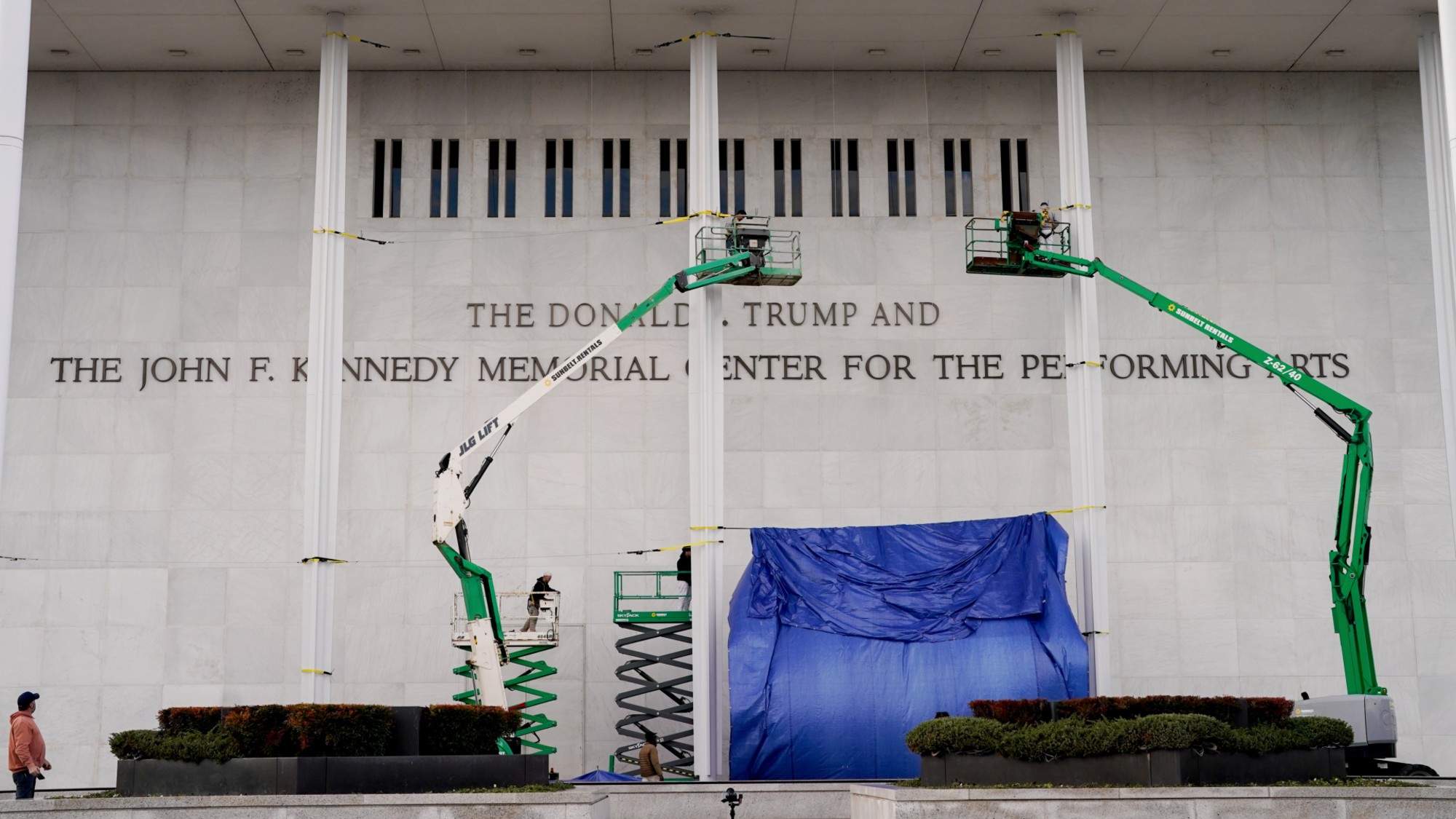Why you should be excited about Amazon's drone delivery
Home delivery in 30 minutes or less? Most pizza places can't even make good on that promise.

Last night on 60 Minutes, Amazon CEOJeff Bezos laid out his vision for the future of home delivery — Amazon Prime Air, delivery by an octocopter drone in under 30 minutes.
Amazon predicts that one day, spotting octocopters in the sky will be as normal as seeing mail trucks on the road. But before a commercial rollout can begin, the technology will have to be approved by the Federal Aviation Authority (FAA). Amazon projects that this could come as early as 2015. And while Amazon — a global leader in delivery logistics — is in a strong position to pioneer and roll out this kind of technology, you can bet that other companies will soon be testing their own drones in an attempt to stay competitive.
The most exciting aspect of drone delivery is not the prospect of staring upward at a sky full of delivery drones, but being able to order an item and receive it in 30 minutes or less. Instead of having to get in your car and go to the store, or ordering something online and waiting a couple days or more for an item to be delivered, people will be able to receive many purchases almost immediately.
The Week
Escape your echo chamber. Get the facts behind the news, plus analysis from multiple perspectives.

Sign up for The Week's Free Newsletters
From our morning news briefing to a weekly Good News Newsletter, get the best of The Week delivered directly to your inbox.
From our morning news briefing to a weekly Good News Newsletter, get the best of The Week delivered directly to your inbox.
That isn't just a useful convenience for the books, batteries, cables, and gadgets that Amazon is known for selling. This kind of system could be used to quickly deliver things like medicine, hot or cold food, or even toilet paper to the elderly or disabled who can't easily travel. There is potentially a huge social good in home delivery by commercial drone.
Now, you may be worried about using such a new and potentially dangerous system to deliver an expensive item like a laptop. (What if the drone drops it?!) But items get lost or stolen in traditional shipping sometimes, too. And in the long run — and so long as the drones are rigorously tested for safety — delivery by drone may prove more secure than delivery by mail. Google's automated driverless cars are already less crash-prone than human-driven cars, for example.
Eventually, drone delivery is likely to face competition from home manufacturing via 3D printing, in which designs for a vast variety of objects are downloaded from the internet and printed out of basic chemicals, which could be disassembled from soil or household waste for maximum recyclability. Home manufacturing offers the advantage of zero transportation cost — and from that perspective, might supplant drone delivery. But today's (relatively affordable) 3D printers are still a very long way away from being able to cheaply manufacture complex multi-material designs. For the foreseeable future, 30-minute delivery by drone will be very tough competition for home manufacturers to beat.
A free daily email with the biggest news stories of the day – and the best features from TheWeek.com
John Aziz is the economics and business correspondent at TheWeek.com. He is also an associate editor at Pieria.co.uk. Previously his work has appeared on Business Insider, Zero Hedge, and Noahpinion.
-
 5 hilariously slippery cartoons about Trump’s grab for Venezuelan oil
5 hilariously slippery cartoons about Trump’s grab for Venezuelan oilCartoons Artists take on a big threat, the FIFA Peace Prize, and more
-
 A running list of everything Trump has named or renamed after himself
A running list of everything Trump has named or renamed after himselfIn Depth The Kennedy Center is the latest thing to be slapped with Trump’s name
-
 Do oil companies really want to invest in Venezuela?
Do oil companies really want to invest in Venezuela?Today’s Big Question Trump claims control over crude reserves, but challenges loom